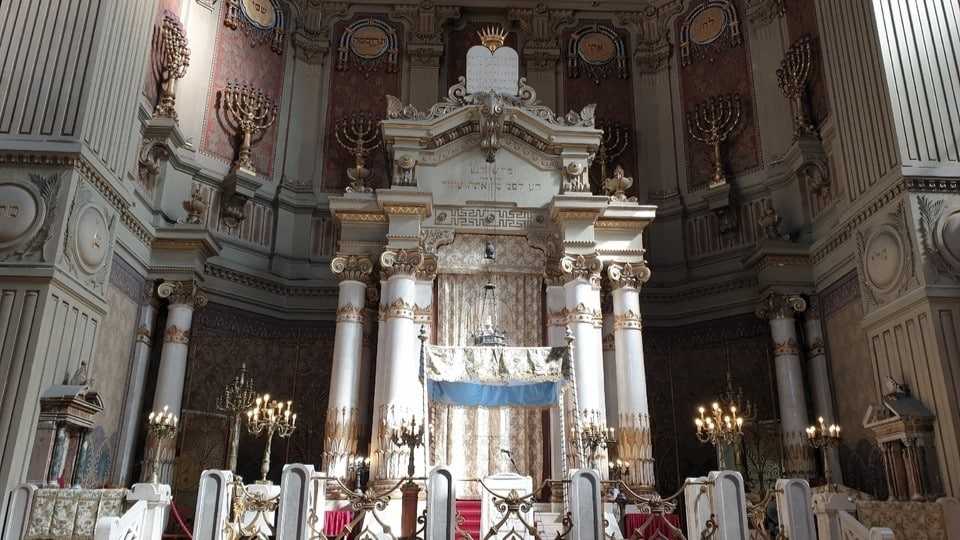Discovering Rome’s Synagogue and Jewish Museum
Rome, a city renowned for its ancient history and vibrant culture, is also home to a rich Jewish heritage. Nestled in the heart of the city, the Great Synagogue of Rome and the Jewish Museum offer a unique glimpse into the Jewish community’s enduring presence and influence in the Eternal City. Whether you’re a history enthusiast, a cultural explorer, or simply curious, visiting these sites provides a meaningful and educational experience.
The Great Synagogue of Rome
The Great Synagogue of Rome, also known as Tempio Maggiore, stands as a symbol of the Jewish community’s resilience and faith. Built between 1901 and 1904, it is one of the largest synagogues in Europe and a stunning example of eclectic architectural style, combining elements of Assyrian-Babylonian, Egyptian, and Italian influences. Its distinctive square dome is a prominent feature of Rome’s skyline.
Visitors to the synagogue can admire its beautiful interior, which includes intricate mosaics, stained glass windows, and a richly decorated ark. The synagogue is not only a place of worship but also a center for community events and cultural activities. Guided tours are available, providing insights into the history of the building and the Jewish community in Rome. It’s important to note that modest dress is required, and security checks are in place for all visitors.
The Jewish Museum of Rome
Adjacent to the synagogue is the Jewish Museum of Rome, which offers a comprehensive look at the history and culture of Jews in Rome. The museum’s collection includes religious artifacts, historical documents, and art pieces that tell the story of the Jewish community from ancient times to the present day. Highlights include beautifully crafted Torah scrolls, ceremonial objects, and a collection of textiles.
The museum also features exhibits on the Roman Ghetto, established in 1555 and one of the oldest in Europe. Through photographs, maps, and personal stories, visitors can learn about the challenges and triumphs of the Jewish community throughout history. The museum provides audio guides in multiple languages, making it accessible to a wide audience. It’s a place where history comes alive, offering a deeper understanding of the Jewish experience in Rome.
Planning Your Visit
When planning a visit to the Great Synagogue and the Jewish Museum, it’s helpful to know a few practical details. The sites are located in the historic Jewish Ghetto, a charming area filled with narrow streets, traditional restaurants, and shops. It’s easily accessible by public transportation, with several bus and tram lines stopping nearby.
The synagogue and museum are open to visitors most days, but it’s advisable to check their official website for current opening hours and any special events or closures. Tickets can be purchased on-site, and it’s often possible to book guided tours in advance. Photography is generally not allowed inside the synagogue, so be sure to respect the rules and enjoy the experience without a camera.
After exploring the synagogue and museum, take some time to wander through the Jewish Ghetto. Sample traditional Roman-Jewish cuisine, such as carciofi alla giudia (Jewish-style artichokes) or try a slice of pizza ebraica, a sweet fruit and nut cake. The area is also home to several other historical sites, including the Portico d’Ottavia and the Teatro di Marcello, making it a perfect spot for a leisurely afternoon.
